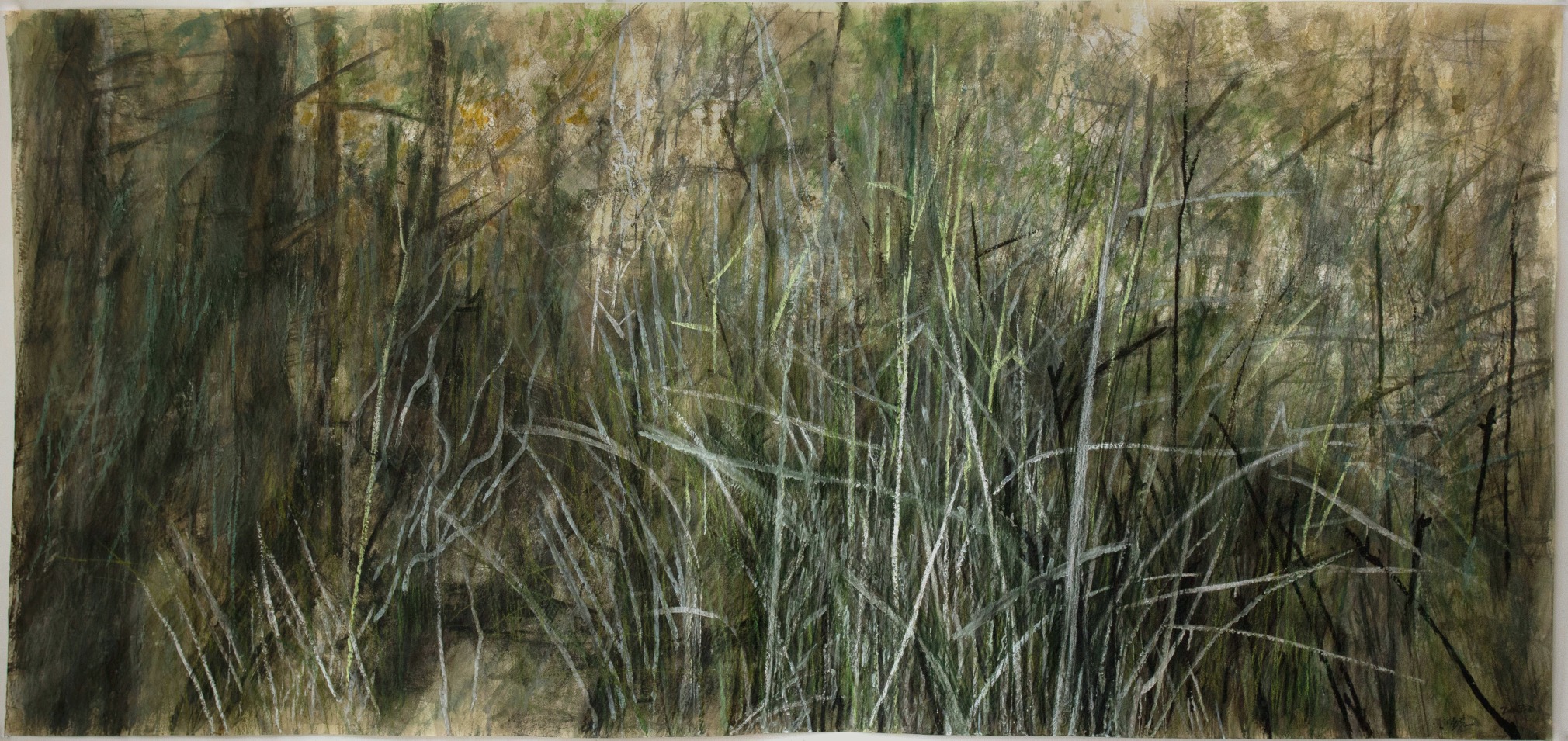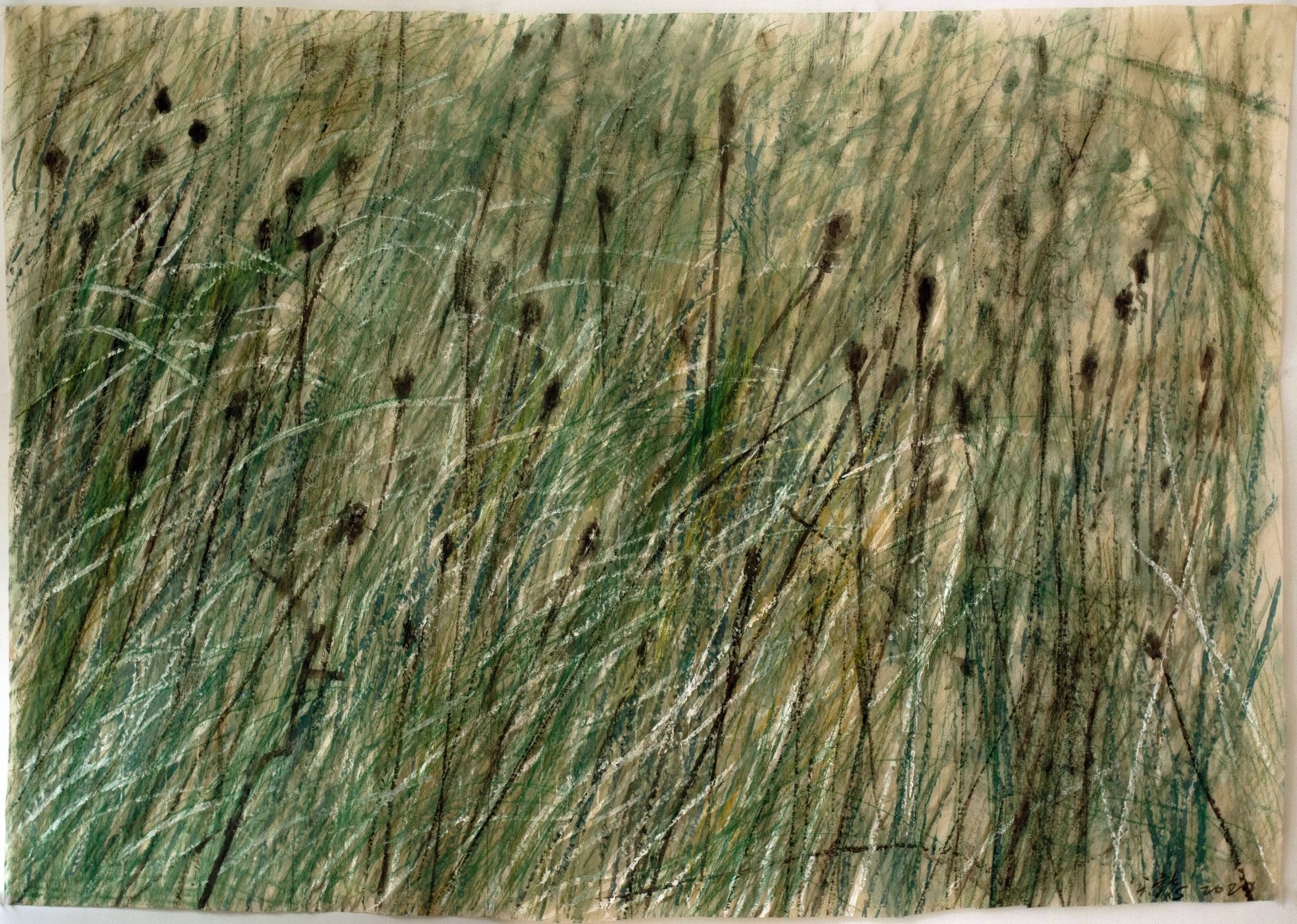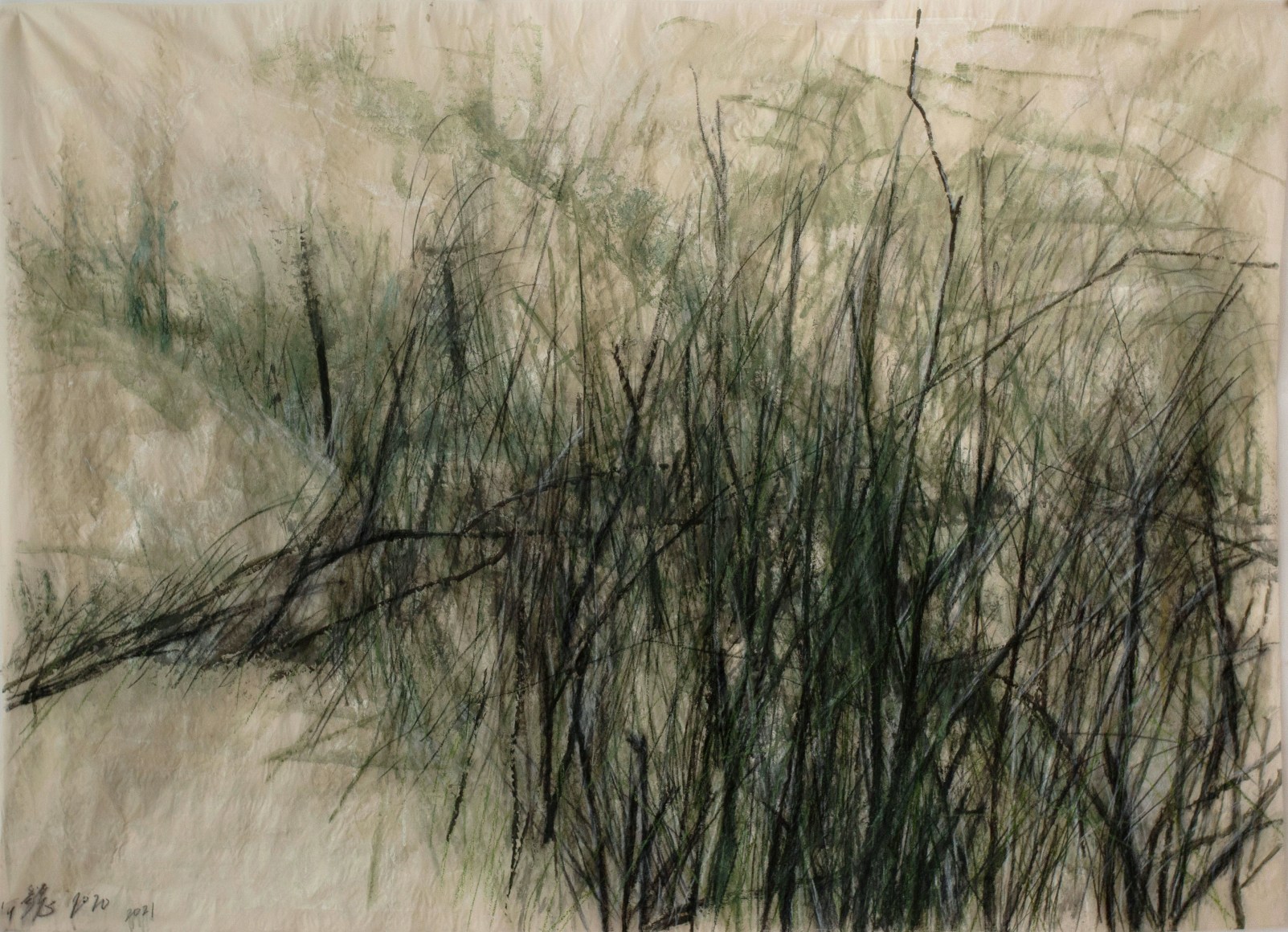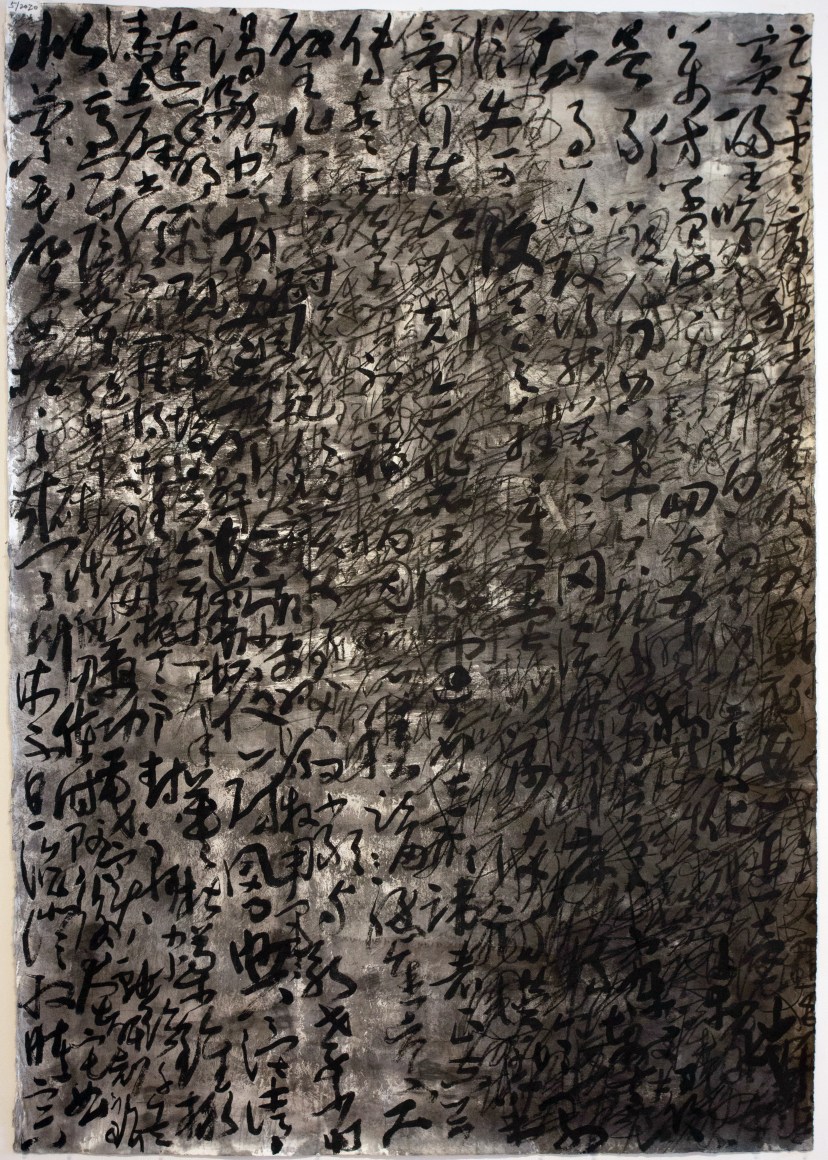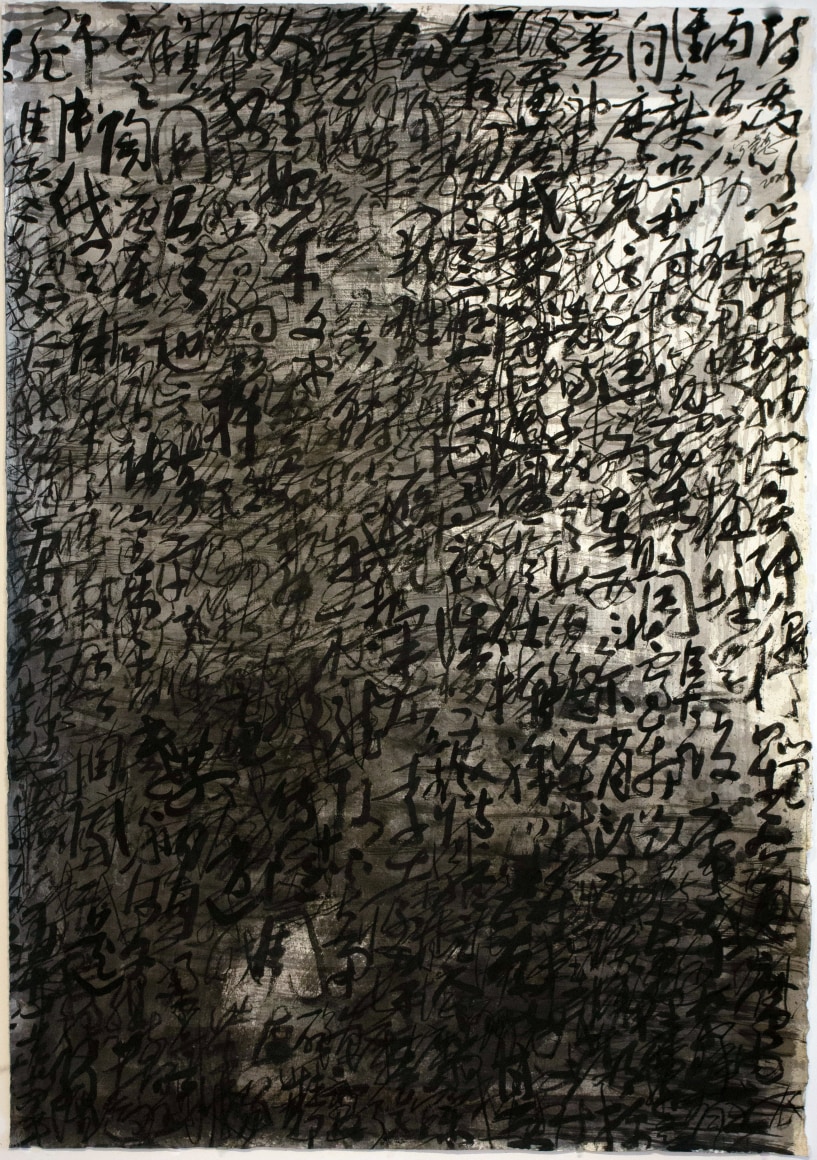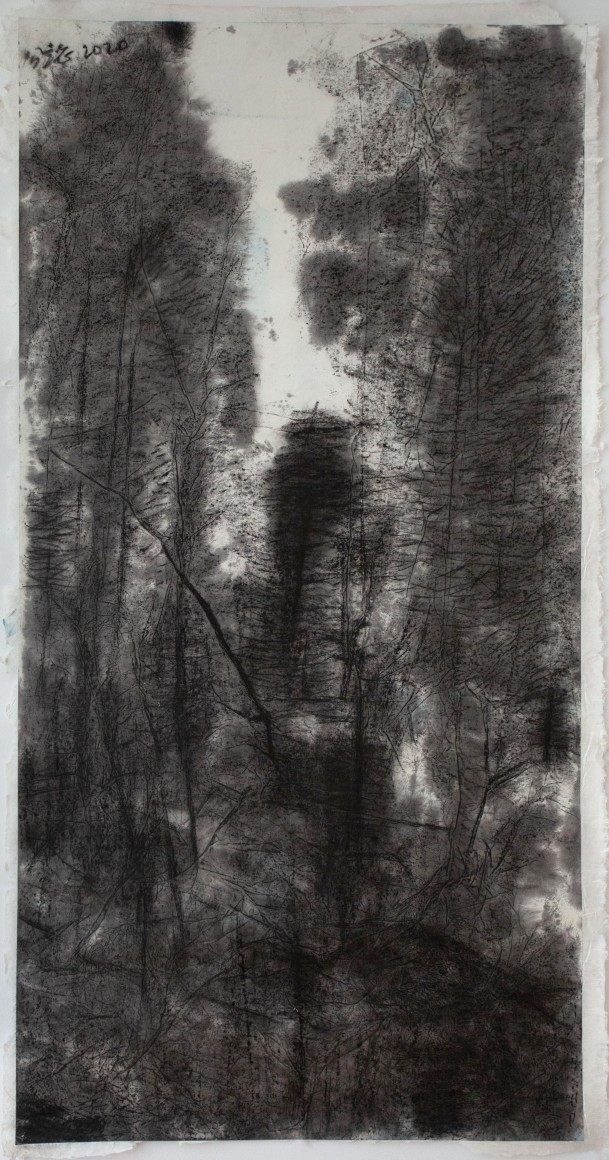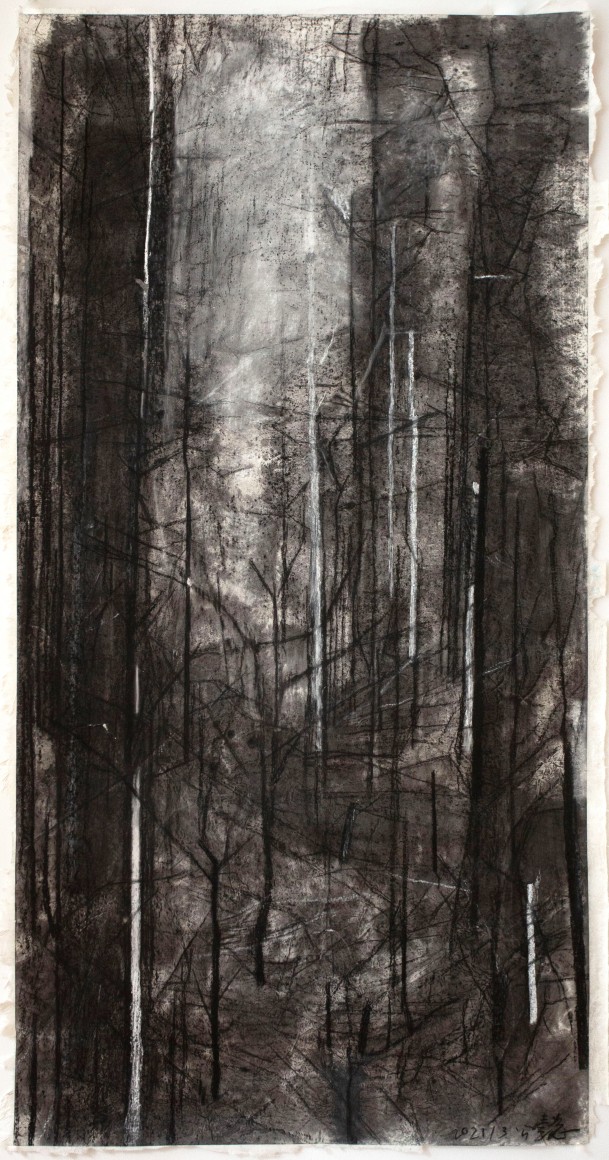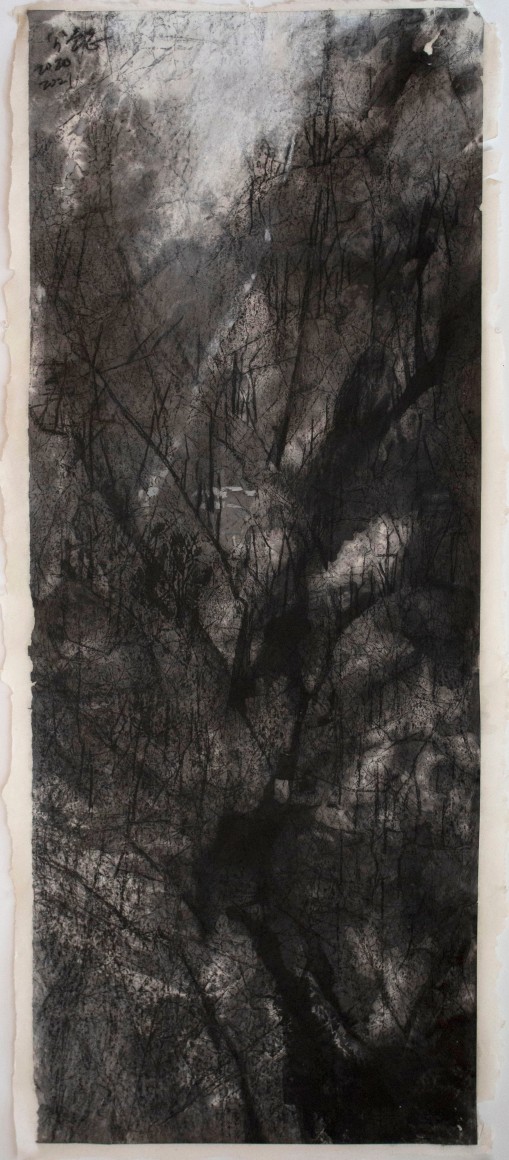Chambers Fine Art is pleased to announce the opening on May 6, 2021 of Wang Gongyi: Multitudes. This will be the artist’s second exhibition in New York. Wang Gongyi was born in Tianjin, China in 1946. She received her master’s degree from the Department of Printmaking at the Zhejiang Academy of Fine Arts in 1980, and stayed on to teach after graduation. In 1986, she made her first trip abroad when she was invited by the French Ministry of Culture to study art and art education, and 1992 she went to Aix-en-Provence and Lyon to learn the technique of lithography. After periods as artist-in-residence at the Museum of Oregon State University and the Pacific Northwest College of Art, she moved permanently to the US in 2001 and is now based in Portland.
In the early 1980s, Wang Gongyi gained wide recognition in China after being awarded first prize in the second ‘National Youth Fine Art Exhibition’ for her powerful suite of seven woodcuts devoted to the Chinese feminist and revolutionary martyr Qiu Jin. She has described how in her careful planning and research for this project, she even spent several days living in Qiu Jin’s house. The invitation a few years later by the French Ministry of Culture made her one of the first female artists to study abroad in the 1980s. While the period she spent in France greatly broadened her horizons, it also made her realize how little she knew of Chinese culture. When French professors and artists questioned her about it, she was unable to respond. “On the way home via Hong Kong,” she recounted, “I bought several Chinese classics, Laozhi and Zuangzhi as well as the Book of Changes.Paradoxically, a trip in quest of new things turned out to be an urgent homecoming to my own culture and tradition.”
This belated exposure to the wealth of Chinese culture that had been forced to lead an underground existence during the political upheavals of post-Revolutionary China resulted in a remarkable expansion of her means of expression during the next decade. The daily practice of meditation that became an important aspect of her life during the years between 1989 and 2003 was accompanied by a broadening of her means of expression that now included not only calligraphy and ink painting but also installations such as Listen, Look, Taste, Smell, But Do Not Ask (1993) and Rhythm (1994), that she has described as “a way to compare the aesthetical rhythm in the act of making an art work with the movement of mountains, waves, and other natural phenomena. They were similar in the cyclical and rhythmical movements, the endless repetition and variation.”
The current exhibition is devoted to two bodies of work – Wang Gongyi’s ink and calligraphy works on Xuan paper, the medium through which she first gained recognition, now increasingly distilled into simple, pure forms of expression, and a series of paintings on silk called Leaves of Grass, a collection of poetic reflections on recent and current events. The Thousand Character Classic (Qiānzì Wén), is a Chinese poem that has been used as a primer for teaching Chinese characters to children from the sixth century onward. It contains exactly one thousand characters, each used only once, and is one of the texts that forms the basis of literacy training in traditional China. Calligraphers often use the text when learning or practicing specific scripts, or styles of writing. Wang has created several works based on the poem, each increasingly more complex and layered. Her concern is not the script or style itself, but instead approaches the overall poem as a landscape, finding patterns, rhythm and composition in her overlapping characters. According to Jenn Jung Jiu, her long-time curator, “Gongyi created this piece over the course of many months, slowly layering the characters, and playing with the movement of lightness and darkness. The legend is that this text was created in one night under decree by the emperor, and its author’s hair turned completely white with the effort. Gongyi’s Thousand Character Classic is like an illustration of this legend – to me, it is the poet’s thinking process, manifested in landscape”.
Four vertical landscapes create a quiet dialog with the diptych, and they represent Wang Gongy’s most mature works to date. Through a process of applying stress to her Xuan paper – twisting, folding and wringing the paper while applying water and ink at certain intervals – she prepares a physical and visual backdrop for her paintings. “Gongyi is herself in her 70s, and she is not content to start from a blank slate. She wants to start with paper that has some history to it, a personality that is conjured up from her violent process of preparing the paper.”
Although Wang is not an active practitioner of Zen Buddhism, she did follow its principles for many years, and continues to draw from Zen philosophy. The element of chance is a key component of her work – and her process of ‘stressing’ her Xuan paper is a way of introducing this element as a starting point for each piece. From there, landscapes – some of them hovering on abstraction - emerge as Gongyi adds lines of charcoal and splashes of ink. Fittingly, she titled these four landscapes after the four most prominent disciples of Dajian Huineng, the founder of the "Sudden Enlightenment" Southern Chan (Zen) school of Buddhism, which focuses on an immediate and direct attainment of Buddhist enlightenment.
In contrast to the ink works are three large pieces on silk, saturated with layers of ink, mineral pigment, charcoal and colored chalk. These are the latest artworks from her series Leaves of Grass, titled after Walt Whitman’s eponymous poem. The poem celebrates the intricate design of the natural world, a sentiment that resonates strongly with Wang Gongyi, for whom nature is an integral source of inspiration. As she was working on the series for an exhibition in Hong Kong and our exhibition here in New York, she found a deeper connection still: the 2019-20 protests against the Chinese extradition law in Hong Kong that drew nearly two million people into the streets, and the protests for Black Lives Matter across the US and major cities around the globe the following year brought additional layers of meaning to the first and final lines of Whitman’s poem:
“This is the grass that grows wherever the land is and the water is.”…
“I am large, I contain multitudes.”
Wang likened her blades of grass, rendered in colored chalk and ink, to the individuals who marched in solidarity with one another, forming a multitude of voices.

